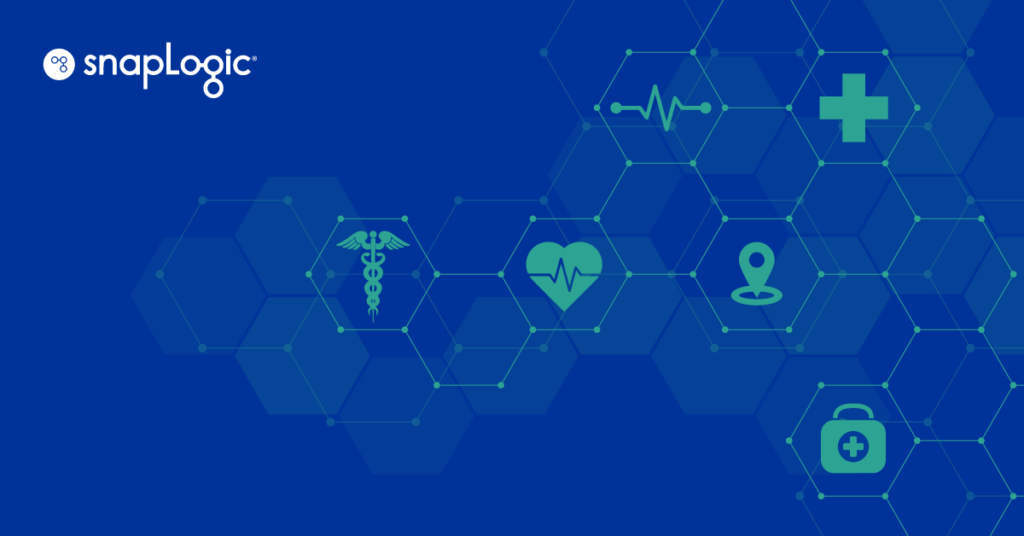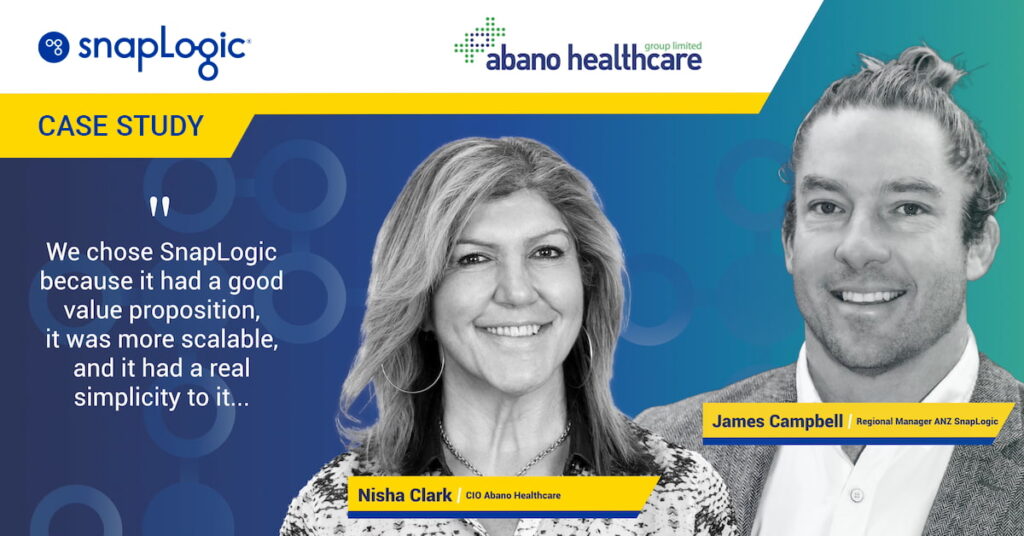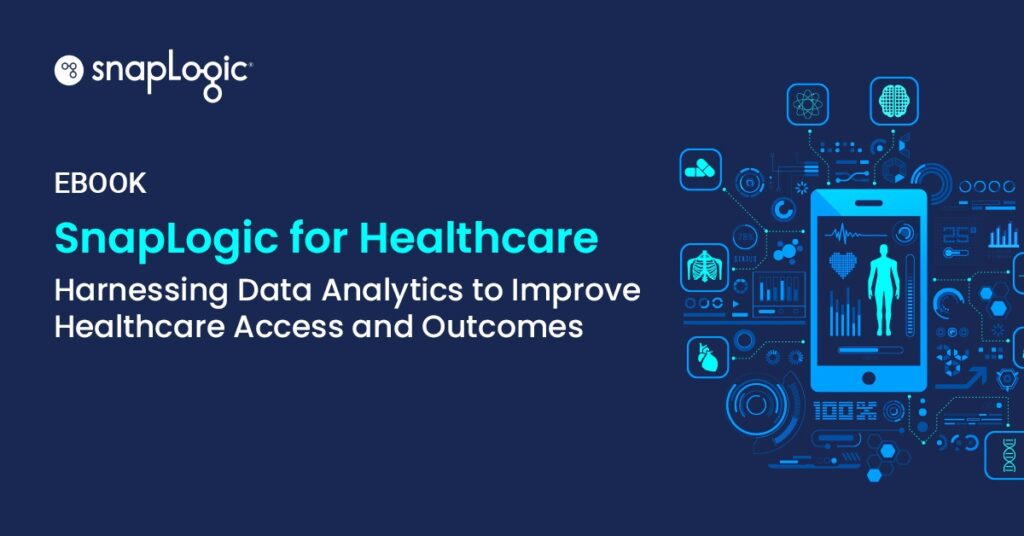The quickening pace of technological change in healthcare affects more than medical procedures: just as healthcare providers are attempting to stay ahead of the knowledge curve to provide the best care, so, too, are healthcare leaders racing to take advantage of the opportunities presented by big data and analytics, harnessing information to inform actionable insights and spur growth. Only 56 percent of healthcare organizations can use all their available data; nearly half of the industry is missing out. These limitations are costing the healthcare industry approximately $342 billion.
Data integration challenges facing healthcare
Lack of a standard data format is one of the challenges. Over the years healthcare organizations have accumulated various data formats, some incompatible with systems and other data.
No holistic approach to data handling is another. More often than not, the individuals who process a given set of data are not the same people who need and make use of the data. Important details might be missed in the transition; data ownership can be unclear.
Misconceptions in data privacy and data sharing are also obstacles to successful data integration. Some healthcare organizations have incomplete understandings of laws regarding data privacy and confidentiality. Data must be protected from illegal access and tampering, but also shared under specific circumstances. Balancing these two concerns can be tricky.
Inconsistency of data among applications needs to be addressed, too. One application can address some but not all of the needs of a healthcare organization. Healthcare organizations are most likely to use several applications to serve their various users. The data amongst these applications should be consistent to ensure sensible data-driven insights.
An integration platform like SnapLogic addresses these challenges.
SnapLogic solutions for healthcare data integration challenges are based on hands-on working experience with hundreds of healthcare organizations. SnapLogic provides tools to connect various cloud, on-premises, and hybrid software applications and data sources.






